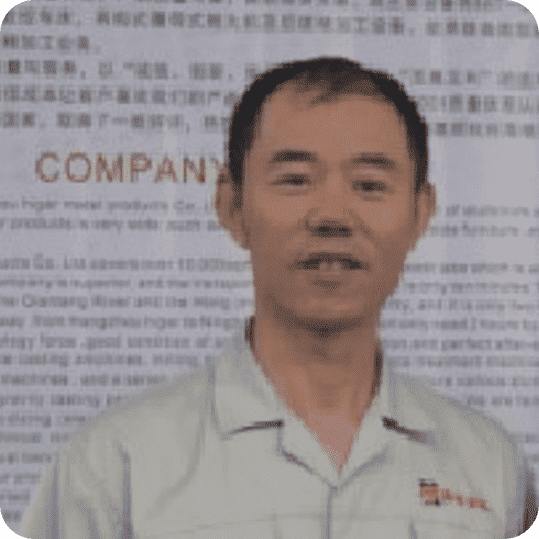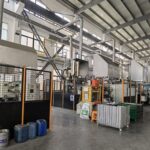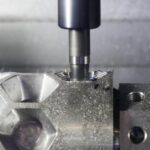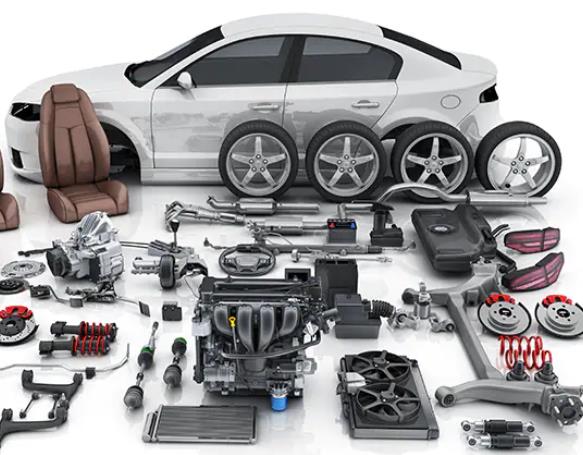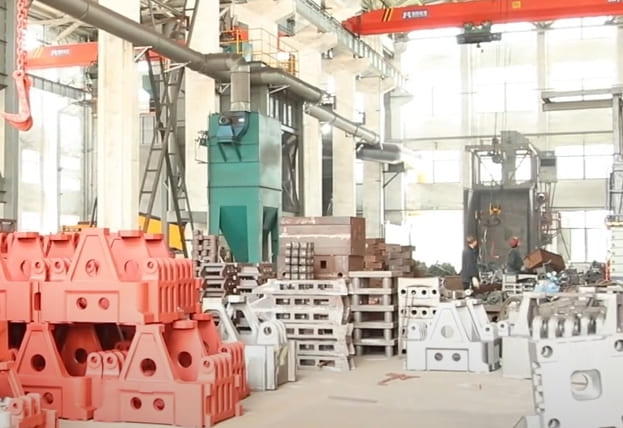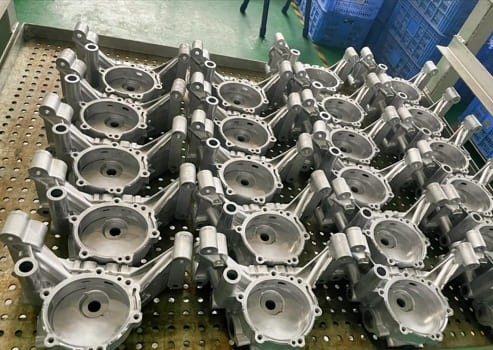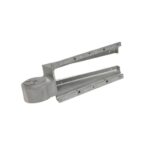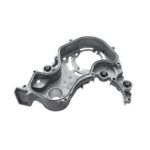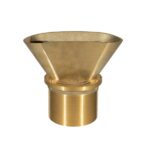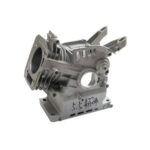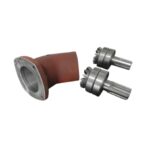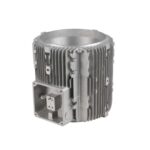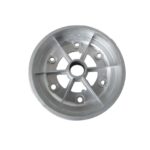In the world of manufacturing, the most debated methods are Die Casting and CNC Machining.
Both have their unique advantages and applications, but determining which is better for your specific needs requires a detailed understanding of each process.
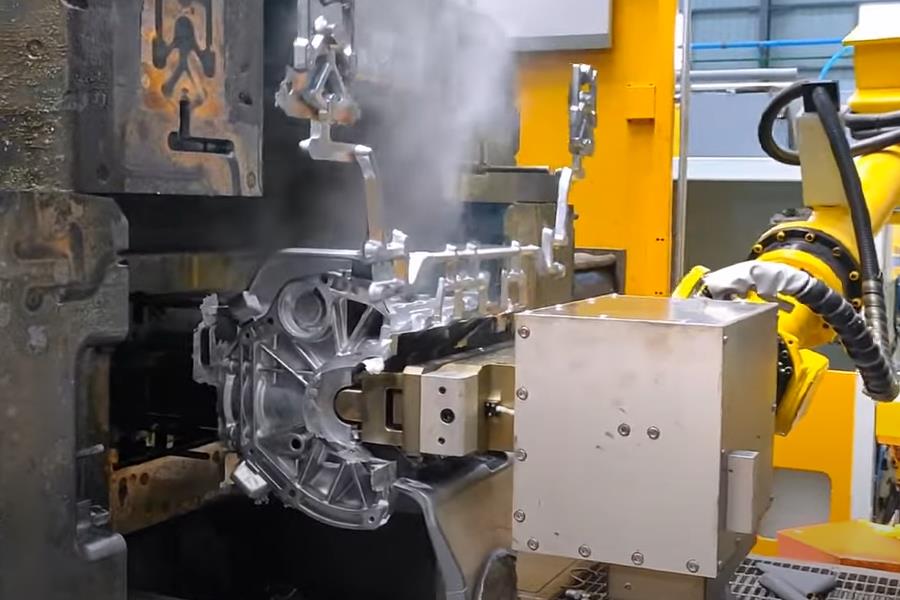
Understanding Die Casting
Die Casting is a manufacturing process where molten metal is injected into a mold cavity under high pressure. It is ideal for producing complex metal parts with high precision and repeatability.
Key Advantages of Die Casting
- High Production Efficiency: Die Casting is highly efficient for mass production. Once the mold is created, thousands of identical parts can be produced with minimal additional cost.
- Excellent Dimensional Accuracy: Die Casting provides excellent dimensional accuracy, reducing the need for additional machining or finishing processes.
- Smooth Surface Finish: Parts produced by Die Casting often have smooth surfaces, which can be further enhanced with minimal post-processing.
- Material Versatility: This process can utilize a wide range of non-ferrous metals, including aluminum, zinc, and magnesium.
Applications of Die Casting
Die Casting is commonly used in the automotive, aerospace, and consumer electronics industries due to its ability to produce complex shapes with tight tolerances.

Understanding CNC Machining
CNC (Computer Numerical Control) Machining is a subtractive manufacturing process where material is removed from a solid block (known as a blank or workpiece) using various cutting tools controlled by computer instructions.
Key Advantages of CNC Machining
- High Precision and Tolerance: CNC Machining can achieve very tight tolerances, making it suitable for parts that require high precision.
- Flexibility in Design: CNC machines can produce a wide range of part geometries, including intricate and complex shapes that are difficult to achieve with other manufacturing processes.
- Material Versatility: CNC Machining works with a broad array of materials, including metals, plastics, and composites.
- Quick Prototyping: CNC Machining is ideal for quick prototyping and small production runs due to its setup flexibility and programming ease.
Applications of CNC Machining
CNC Machining is used in industries such as aerospace, medical, automotive, and consumer electronics, where precision and customization are paramount.

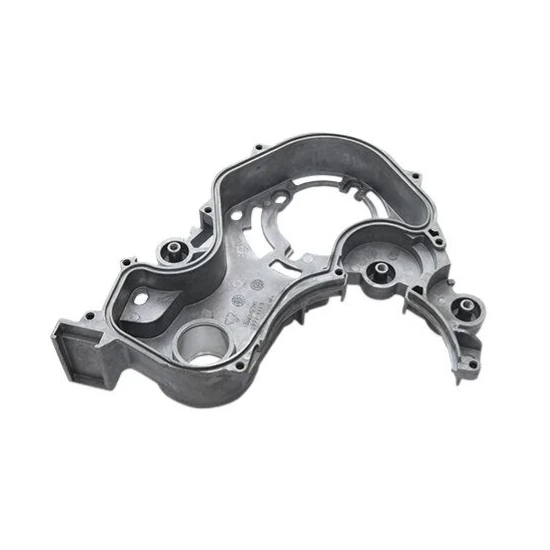
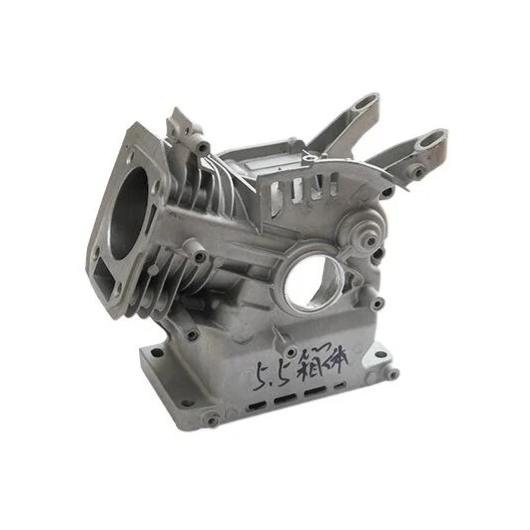
Die Casting vs. CNC Machining: A Detailed Comparison
| Criteria | Die Casting | CNC Machining |
|---|---|---|
| Cost Efficiency | Best for large production volumes due to high mold creation cost but low cost per part. | More cost-effective for low to medium production volumes and prototyping as it doesn’t require expensive molds. |
| Production Speed | Once the mold is created, production is very fast and efficient. | Slower per part due to the subtractive nature, but faster setup times for small batches. |
| Material Waste | Minimal waste, as molten metal is injected into the mold. | Generates more waste material as it involves cutting away from a solid block. |
| Surface Finish | Typically produces smoother surfaces which may require less finishing. | Surface finish quality depends on the material and cutting parameters but often requires additional finishing processes. |
| Complexity and Tolerance | Ideal for complex shapes but may have limitations in achieving extremely tight tolerances. | Superior in achieving very tight tolerances and complex geometries. |
| Material Versatility | Limited to non-ferrous metals. | Can work with a wide variety of materials including metals, plastics, and composites. |
Decision-Making Guide
To decide between Die Casting and CNC Machining, consider the following factors:
- Volume of Production: For high-volume production, Die Casting is more cost-effective. For low to medium volumes or prototyping, CNC Machining is preferable.
- Material Requirements: If you need to work with ferrous metals or non-metals, CNC Machining is the way to go.
- Precision and Tolerance: For parts requiring high precision and tight tolerances, CNC Machining is better.
- Part Complexity: Both methods can handle complex parts, but CNC Machining offers greater flexibility.
- Budget Constraints: Initial costs for Die Casting are higher due to mold creation, whereas CNC Machining has lower startup costs.
Conclusion
Whether it’s the high efficiency and smooth finish of Die Casting or the precision and versatility of CNC Machining, choosing the right method will ensure optimal results for your manufacturing projects.
Contact us today to discuss your project needs and receive a quote, you can trust us to deliver exceptional castings that meet your requirements.

